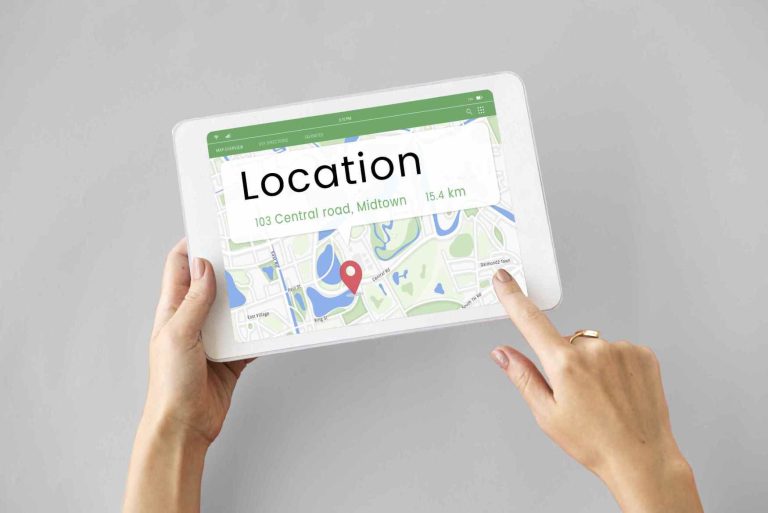Introduction
As the old adage goes, failing to plan is planning to fail. And when it comes to delivering products or services in a business, having a clear process is critical to success. A well-defined process ensures that everyone involved in the delivery process knows what their role is, what is expected of them, and how to get things done efficiently and effectively. In this blog post, we will discuss how to create a clear process for delivery in your business.
Step 1: Identify the Key Stages of Your Delivery Process
The first step in creating a clear delivery process is to identify the key stages of your delivery process. These stages will vary depending on the nature of your business and the products or services you provide, but they typically include the following:
1. Order Placement: This stage involves the customer placing an order for a product or service.
2. Order Processing: This stage involves reviewing the order, checking stock levels, and processing payment.
3. Production: This stage involves the actual creation or production of the product or service.
4. Quality Control: This stage involves checking the quality of the product or service to ensure it meets the required standards.
5. Packaging: This stage involves preparing the product or service for shipment.
6. Shipping: This stage involves the physical transportation of the product or service to the customer.
7. Delivery Confirmation: This stage involves confirming that the product or service has been delivered to the customer.
By identifying these key stages, you can start to map out the delivery process and determine what needs to be done at each stage.
Step 2: Define the Key Tasks for Each Stage
Once you have identified the key stages of your delivery process, the next step is to define the key tasks for each stage. These tasks will typically involve the following:
1. Order Placement: This stage involves capturing all the relevant information from the customer, such as their name, address, and contact details. Please make sure you are capturing these in a form of database such as a Customer Relationship Management (CRM) database, this will allow you to communicate in the future and maintain the ability to report on clients.

2. Order Processing: This stage involves reviewing the order, checking stock levels, processing payment, and generating an order confirmation.
3. Production: This stage involves creating or producing the product or service.
4. Quality Control: This stage involves checking the quality of the product or service to ensure it meets the required standards.
5. Packaging: This stage involves preparing the product or service for shipment, including labeling and packaging.
6. Shipping: This stage involves arranging the physical transportation of the product or service to the customer.
7. Delivery Confirmation: This stage involves confirming that the product or service has been delivered to the customer and obtaining feedback.
By defining the key tasks for each stage, you can ensure that everyone involved in the delivery process knows what they need to do and when they need to do it.
Step 3: Assign Responsibilities and Deadlines
Once you have defined the key tasks for each stage, the next step is to assign responsibilities and deadlines. This involves determining who is responsible for each task and when each task needs to be completed. For example, you may assign the following responsibilities and deadlines:
1. Order Placement: Customer Service Representative – Within 24 hours of order placement.
2. Order Processing: Accounts Department – Within 48 hours of order placement.
3. Production: Production Manager – Within 3 days of order placement.
4. Quality Control: Quality Control Manager – Within 1 day of completion of production.
5. Packaging: Shipping Department – Within 1 day of completion of quality control.
6. Shipping: Logistics Manager – Within 2 days of completion of packaging.
7. Delivery Confirmation: Customer Service Representative – Within 1 day of delivery.
By assigning responsibilities and deadlines, you can ensure that everyone involved in the delivery process is clear about what they need to do and when they need to do it.
Step 4: Document Your Delivery Process

Once you have defined the key stages, tasks, responsibilities, and deadlines for your delivery process, the next step is to document it. This involves creating a clear and concise document that outlines the entire delivery process, including the key stages, tasks, responsibilities, and deadlines.
Your delivery process document should be easy to understand and accessible to everyone involved in the delivery process. It should provide a clear overview of what needs to be done at each stage, who is responsible for each task, and when each task needs to be completed. This document can be in the form of a flowchart, a written document, or a combination of both.
Join the NoLimits Business Community
Are you a business owner looking to take your business to the next level? Join our innovative community of like-minded professionals and gain access to a wealth of valuable resources, including a community portal to chat with other business owners, ebooks, business development software, and growth events that will transform the way you do business. Best of all, these resources are completely free and will be available to you forever.
But the benefits of joining our NoLimits business community don’t stop there. By becoming part of our community, you’ll have the opportunity to connect with other business owners, share insights and ideas, and build valuable relationships that will help your business thrive. Don’t miss out on this amazing opportunity to supercharge your business and join us today!
Step 5: Train Your Team on the Delivery Process
Creating a clear delivery process is only the first step. To ensure that your delivery process is successful, you need to train your team on the process. This involves providing your team with the necessary training and resources to effectively carry out their assigned tasks.
Training your team on the delivery process involves several key steps, including:
1. Providing a clear overview of the delivery process, including the key stages, tasks, responsibilities, and deadlines.
2. Identifying any potential challenges or issues that may arise during the delivery process and providing guidance on how to address them.
3. Providing training on any specific tools or software that are required to carry out the tasks in the delivery process.
4. Providing ongoing support and feedback to ensure that your team is consistently meeting the requirements of the delivery process.
By training your team on the delivery process, you can ensure that everyone is aligned and working towards the same goals.
Step 6: Monitor and Evaluate Your Delivery Process
Creating a clear delivery process is not a one-time event. To ensure that your delivery process is successful, you need to monitor and evaluate it on an ongoing basis. This involves regularly reviewing the process to identify any areas for improvement and making necessary adjustments.

Some key metrics to track when monitoring your delivery process include:
1. Order Fulfillment Time: The time it takes from when an order is placed to when it is delivered.
2. Order Accuracy: The percentage of orders that are delivered without errors.
3. Customer Satisfaction: The percentage of customers who are satisfied with the delivery process.
By monitoring and evaluating your delivery process, you can identify areas for improvement and make necessary adjustments to ensure that your process is efficient and effective.
In conclusion, creating a clear delivery process is essential for the success of any business. By identifying the key stages of your delivery process, defining the key tasks for each stage, assigning responsibilities and deadlines, documenting the process, training your team, and monitoring and evaluating the process, you can ensure that your delivery process is efficient, effective, and successful. Remember, a well-defined process is the foundation for a successful business.
If you would like more specific guidance with understanding this or any management tools why not look at our NoLimits Community – become a member at any level and join our community.
By Jeremy Graham-Clare
Join the NoLimits Business Community
Are you a business owner looking to take your business to the next level? Join our innovative community of like-minded professionals and gain access to a wealth of valuable resources, including a community portal to chat with other business owners, ebooks, business development software, and growth events that will transform the way you do business. Best of all, these resources are completely free and will be available to you forever.
But the benefits of joining our NoLimits business community don’t stop there. By becoming part of our community, you’ll have the opportunity to connect with other business owners, share insights and ideas, and build valuable relationships that will help your business thrive. Don’t miss out on this amazing opportunity to supercharge your business and join us today!

